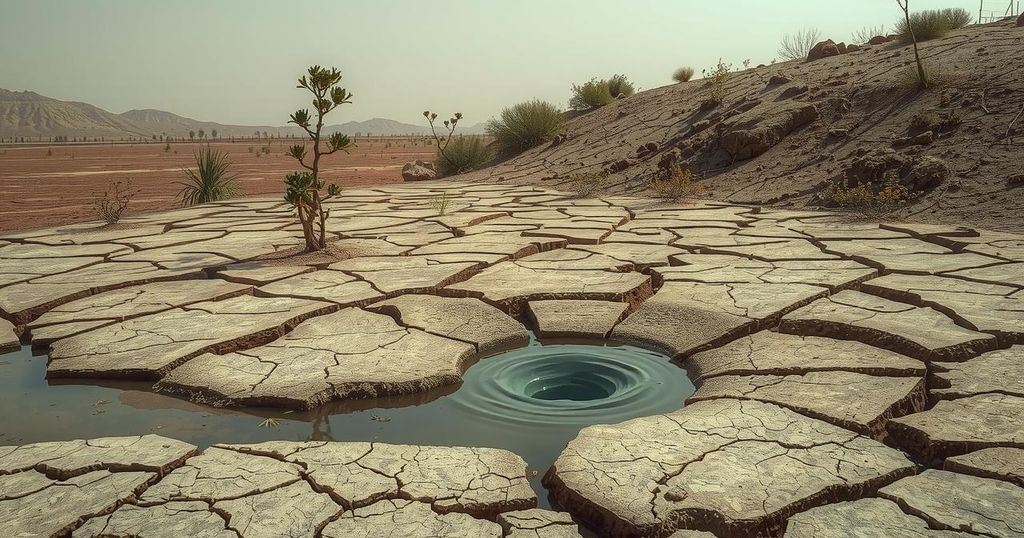In Lima, Peru, over 635,000 people lack access to running water, relying on unhygienic tanker truck deliveries. Residents face severe health risks, have limited access to water, and pay significantly more than those with utility connections. Climate change and inadequate urban planning contribute to the ongoing water crisis, which highlights stark inequalities within the city.
In the arid hills that overlook Lima, Peru, access to running water remains an unattainable dream for many residents who rely on water delivered by tanker trucks. Lima, the capital with over 10 million inhabitants, is the world’s second-largest city situated in a desert, following Cairo. Despite having the Pacific Ocean on one side and the Andes on the other, rainfall is scarce, exacerbating water scarcity for a significant portion of the population.
According to the National Institute of Statistics and Computer Science, over 635,000 individuals in Lima do not have running water, with many residing in informal settlements that lack access to municipal water and sewer lines. For those in areas like San Juan de Miraflores, water is delivered free once weekly by blue tanker trucks, but these sources are often unhygienic, posing health risks to residents.
Resident Catalina Naupa described the dire consequences of poor water quality, stating, “We get stomach cramps and migraines. There are worms in the bottom of the tank.” Access to this resource is further impeded during the winter months when muddy streets render delivery trucks unable to navigate the area, forcing residents to conserve their limited water supply.
Nicolas Reyes, from the city’s water utility Sedapal, reports that a family receives about 260 gallons of water weekly, equating to only 30 liters per person daily. This falls short of the United Nations’ recommended minimum of 50-100 liters. As the rainy season approaches, there are concerns about rationing water due to insufficient reservoir levels, according to Jeremy Robert of the Institute for Development Research.
Climate change threatens further reduction in water availability, with Antonio Ioris, a geography professor, asserting that diminished water reserves are not the root cause of poor access. He emphasized the necessity for improved urban planning and highlighted the socio-economic issues prompting rural migration to the city. In San Juan de Miraflores, areas are often inaccessible to delivery trucks, forcing residents to pay six times more than those connected to the utility grid.
A notable divide exists within the city, illustrated by a concrete barrier referred to as the “wall of shame” that separates impoverished communities from affluent ones. On the affluent side, residents enjoy ample water resources, consuming approximately 200 liters daily per person. Cristel Mejia, who operates a soup kitchen in the poorer district, remarked, “Surco seems like another world.” This stark contrast underscores the ongoing inequality regarding essential resources like water in Lima.
The situation surrounding water access in Lima, Peru, illustrates a grave disparity between affluent and impoverished neighborhoods. Many residents in poorer areas endure hazardous conditions and insufficient resources, while climate change and policy negligence exacerbate the crisis. Enhanced urban planning and a focus on equitable resource distribution are essential to addressing the needs of those lacking access to running water, thereby improving their quality of life.
Original Source: homenewshere.com




